Photonis, part of Exosens, provides cutting-edge detection and imaging technologies to capture and analyze photons, neutrons, and X-rays with exceptional precision. Our advanced solutions are designed for applications ranging from single-photon detection and image intensification.
- Single-Photon Detection: Leveraging high-sensitivity, low-noise vacuum tube-based detectors, Photonis enables single-photon counting, detection, and imaging in fields such as high-end LiDAR, quantum optics, particle physics, fluorescence imaging, and astronomy. Our patented microchannel plate (MCP) technology ensures an unmatched collection efficiency of over 95%, delivering superior performance for OEM and end-user applications.
- Image Intensifiers: Designed for low-light imaging and scientific applications, our industry-leading Image Intensifier Tubes (IITs) enhance sensitivity down to the single-photon level. Photonis IITs are widely used in ultra-high-speed imaging, plasma physics, LIBS, time-gated imaging, and biomedical research. For seamless integration, our Cricket™² adapter provides plug-and-play image intensification for CCD and CMOS cameras.
Backed by decades of innovation, Photonis delivers high-performance detection solutions that push the boundaries of scientific research, defense, space exploration, and industrial applications.
Besoin de précisions ? Contactez nos experts !
Contactez-nous
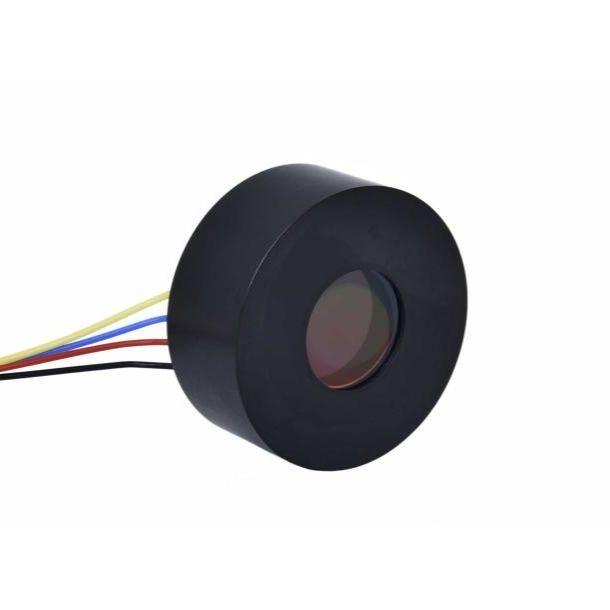

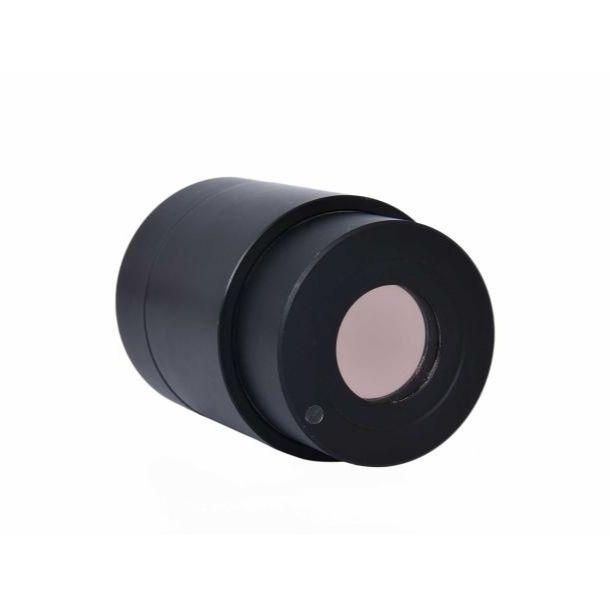

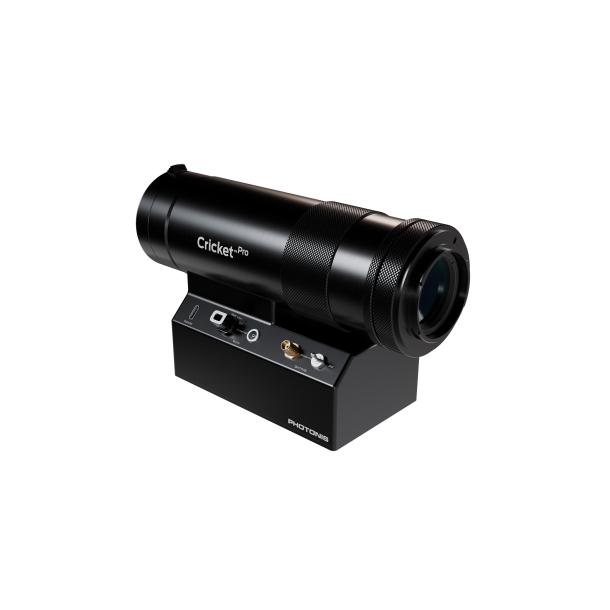

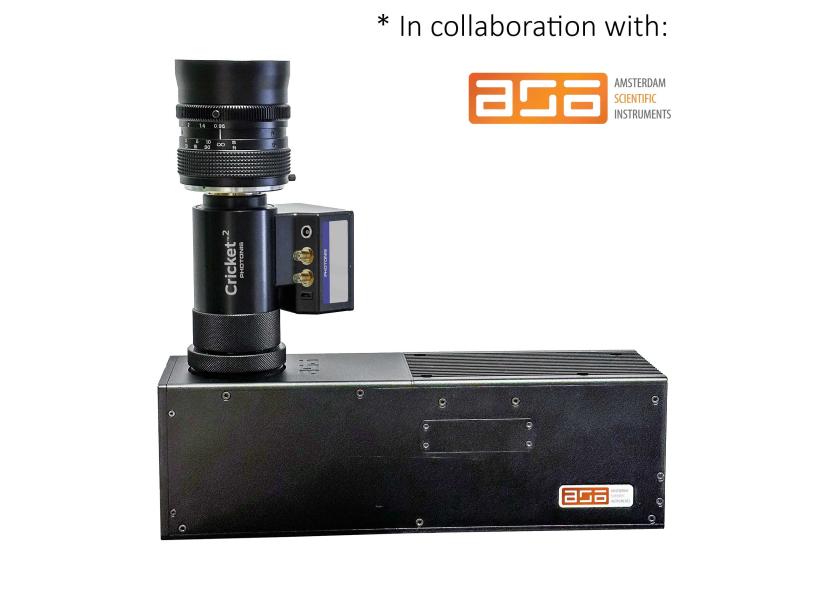
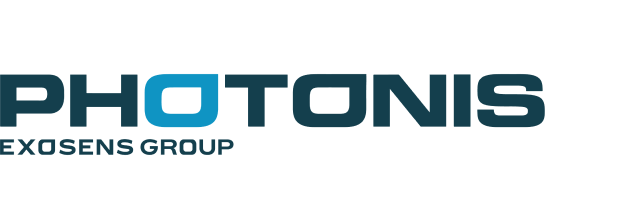
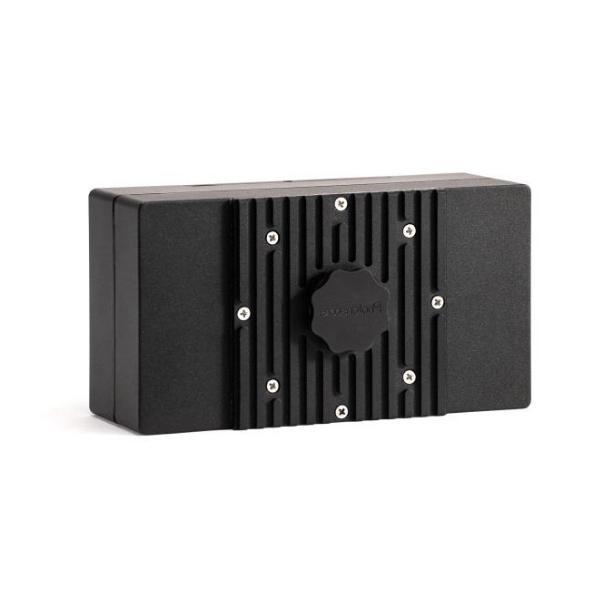

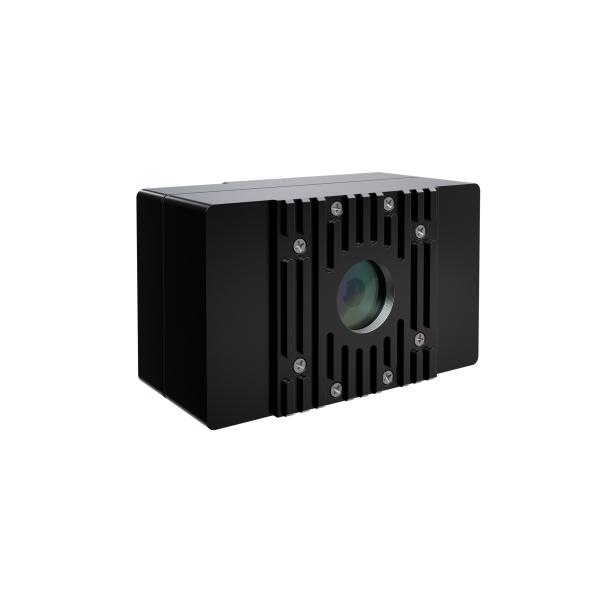

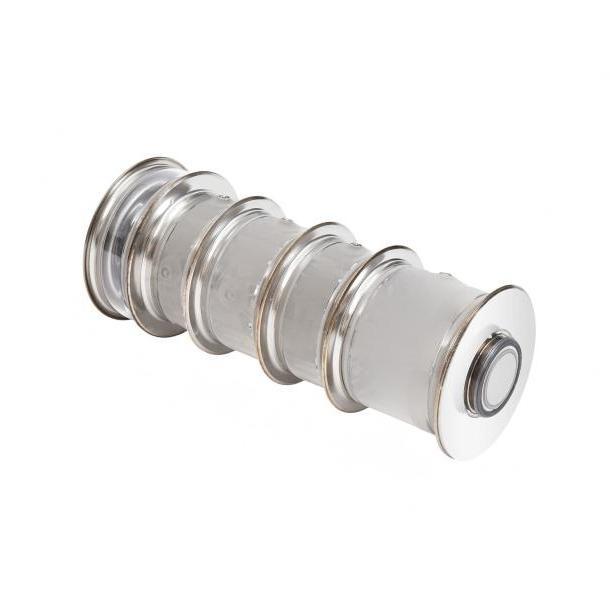
Frequently asked questions
How do Vacuum Tube-Based Detectors Work?
Vacuum tube-based Image Intensifier tubes consist of several essential components; a Photocathode, a Microchannel Plate (MCP) and an anode. These components work together to amplify input signal, creating a rich and dynamic output.
In the first step, existing ambient light passes through a photocathode, which converts the incoming photon signal into a photo-electron.
In the second step, photoelectrons are drawn by an electrical field into the MCP where they impinge multiple times on the inner walls and thereby multiply several thousands of times. In photon counting applications the multiplied electron signal is detected using an anode. In the instance of photon imaging applications, the anode converts the electron back into photons to produce an image.
What are the Main Challenges in Single Photon Detection?
The main challenges in single photon detection include:
- Detection efficiency: The detection efficiency refers to the probability of a photon being detected by the detector. Achieving high detection efficiency is crucial in single photon detection applications. The efficiency depends on factors such as the detector technology, photon wavelength, and optical coupling efficiency. Maximizing detection efficiency is essential for capturing the highest possible number of photons.
- Timing resolution: Many applications involving single photon detection require precise timing information, such as in time-correlated single photon counting (TCSPC) or quantum cryptography. Achieving high timing resolution is challenging, as it requires fast electronics and detectors with short response times to accurately capture the arrival times of individual photons.
- Spatial resolution
- Spectral resolution
- Environmental and operating conditions
- Integration and scalability: In some applications, there is a need for miniaturized or integrated single photon detectors. Challenges arise in developing compact, robust, and efficient detector designs that can be integrated into complex systems or small-scale devices while maintaining high performance.
What Impacts the Detection Efficiency of Single Photon Detectors?
Quantum Efficiency (QE) is a key objective in the development of single photon detectors, as it directly impacts the overall performance of the device.
What are the Limitations of Current Single Photon Detection Technologies?
Current single photon detection technologies often struggle to achieve high performance across all relevant metrics, such as sensitivity, timing resolution, spatial resolution, and spectral resolution, without compromising on other aspects of detector performance.
What are the Potential Applications of Single Photon Detection in the Future?
Single photon detection has potential applications in a wide range of fields, including quantum communication and computing, biomedical imaging, LIDAR, astronomy, and remote sensing.
How do Researchers Plan to Overcome these Technical Challenges?
Researchers are exploring novel materials, device architectures, and fabrication techniques to address the technical challenges in single photon detection. This includes the development of new materials, such as 2D materials or perovskites, improved detector designs, advanced signal processing algorithms, and innovative cooling and shielding techniques. By pushing the boundaries of what is possible in single photon detection, researchers aim to unlock the full potential of this groundbreaking technology for a wide range of scientific and industrial applications.
Actualités Photons
Voir tout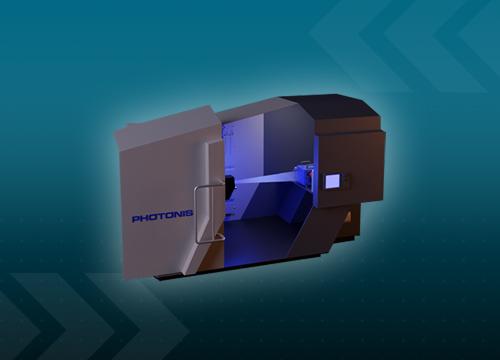

Coronado Springs Resort and Convention Center .
DE Oct 06th 2025 A Oct 09th 2025
ASNT exhibition 2025
Join Exosens at ASNT 2025 Annual Conference - Coronado Springs Resort and Convention Center – Orlando, FL Booth: #1128

Baltimore Convention Center.
DE Jun 01st 2025 A Jun 05th 2025
ASMS 2025
Visit Photonis at ASMS 2025 - Booth: #322 - Baltimore, MD Explore Next-Generation Detection Technologies with Photonis

